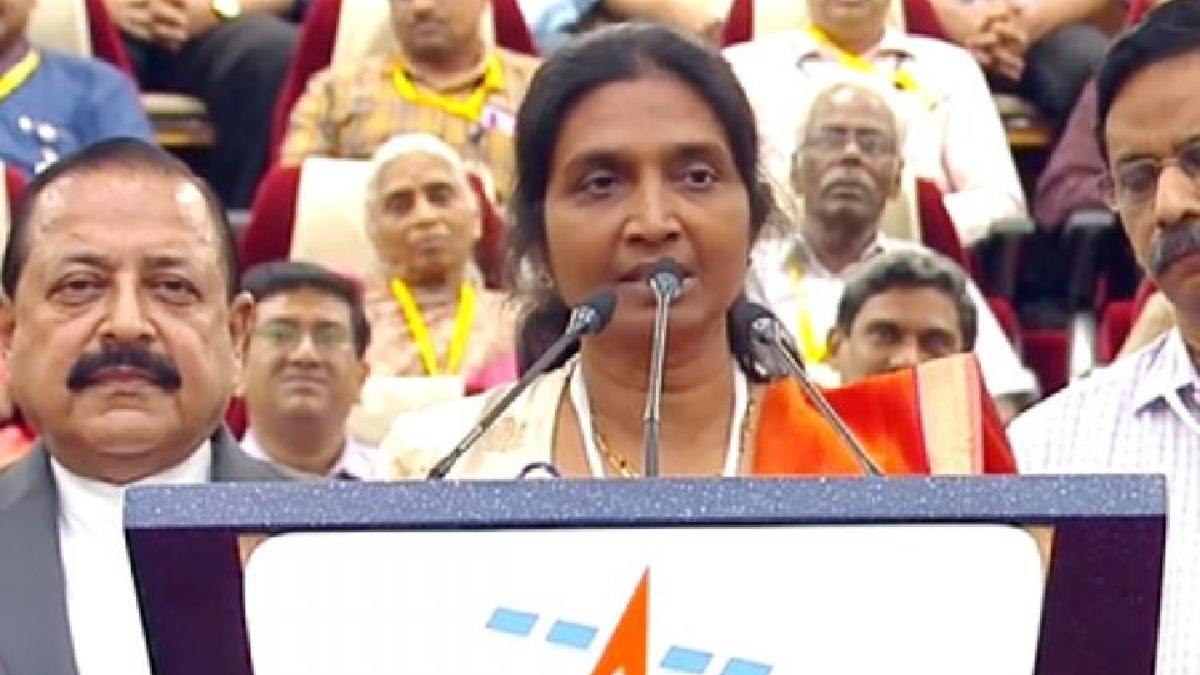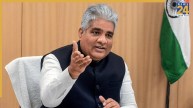New Delhi: Following the success of the Chandrayaan mission, the Indian Space Research Organisation (ISRO) has embarked on a new journey, this time setting its sights on the Sun. In a remarkable feat, India is rapidly emerging as a frontrunner in space exploration, presenting two stellar examples of women scientists who are leading the charge.
At the helm of the Solar Mission is Nigaar Shaji, a 59-year-old scientist, who sees this mission as the realization of a dream. With unwavering confidence, she believes that the Payload of Surya-class Vehicles (PSLV) will not only benefit India but offer invaluable contributions to the world.
Nigaar Shaji: A rural connection
Nigaar Shaji hails from the Tenkasi district of Tamil Nadu and comes from an agricultural family. She pursued her engineering in Electronics and Communication from Thirunelveli Government Engineering College and later completed her Masters at Birla Institute of Technology, Ranchi. Her journey into space exploration began in 1987 when she joined the Satish Dhawan Space Center. Subsequently, she became a part of the UAR Satellite Team.
Presently, she serves as the Project Director of the Solar Mission. Additionally, she has also played a crucial role as the Associate Project Director for India’s Remote Sensing Satellite Resourcesat-2A. Shaji’s expertise lies in communication and interplanetary satellite programs.
Annapurni Subramanyam’s significant role
Another remarkable woman scientist contributing significantly to this mission is Annapurni Subramanyam. She serves as the Director of the Indian Institute of Astrophysics. It is noteworthy that this institute played a pivotal role in designing the main payload for the Aditya-L1 mission, which aims to study the Sun’s outermost layer, the corona.
A glimpse inside the mission
On a historic note, ISRO successfully launched its ambitious solar mission, Aditya-L1, on Saturday. The mission is equipped with seven payloads and will be positioned at the Lagrange Point L1, located approximately 1.5 million kilometers away from Earth. This strategic point is where objects effectively come to a standstill, allowing for comprehensive study and analysis. India’s endeavor to study the Sun from this vantage point marks a significant milestone in its space exploration efforts.
ISRO’s mission to explore the Sun is not only a testament to India’s growing prowess in space research but also a shining example of women scientists leading groundbreaking endeavors. Nigaar Shaji and Annapurni Subramanyam, along with their dedicated teams, are paving the way for India to make remarkable strides in understanding the Sun, with global implications. As Aditya-L1 embarks on its journey, the world eagerly anticipates the invaluable insights it will offer into the mysteries of our celestial neighbor, the Sun.












